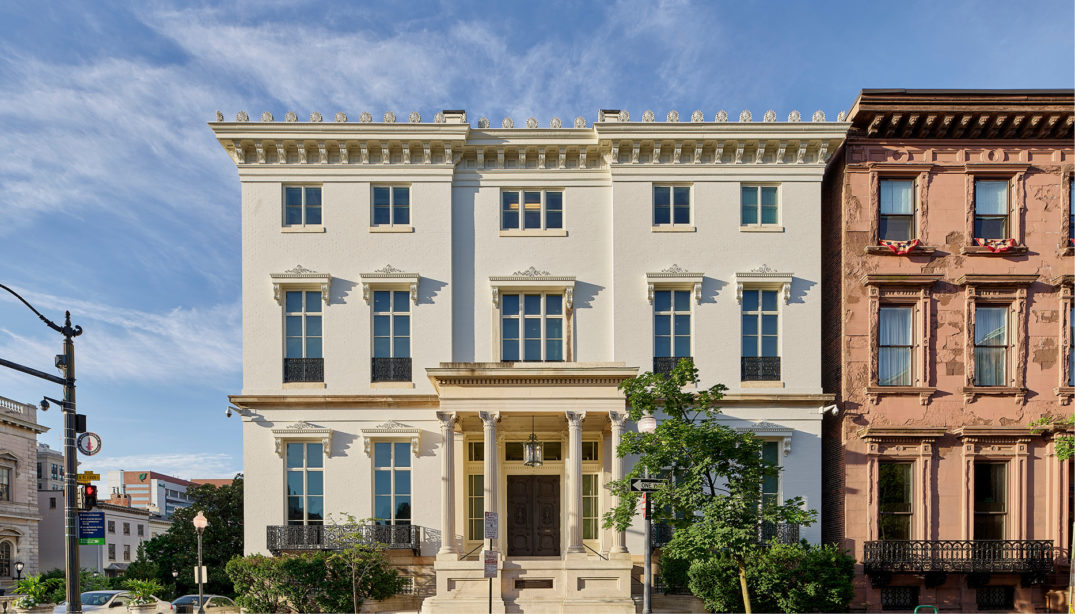
The Maryland Department of Planning and Maryland Planning Commissioners Association presented Tom Liebel with the Citizen Planner of the Year award in recognition of his years of service in the preservation in Baltimore City as chair of the Baltimore City Commission for Historical and Architectural Preservation (CHAP). Tom served on the commission for a dozen years, leading the commission for the past decade as Chair.
Tom’s career is characterized by a deep commitment to historic preservation, design, smart growth, and sustainability. His projects have earned numerous local, state and national awards from the American Institute of Architects, Urban Land Institute and the United States Environmental Protection Agency. Tom’s contributions have reinvigorated many of the region’s iconic buildings, where the architecture is rehabilitated, historic value is retained, and new life reinvigorates the community. Recent noteworthy projects include:

- The Walters Art Museum’s 1 West Mount Vernon Place, built circa 1848 on the corner of Baltimore’s iconic Mt. Vernon Square
- The Park Plaza, a fire-ravaged mansion-turned-commercial structure initially constructed in 1842 and once owned by the founder of the Baltimore Sun
- Millennial Media’s offices in Baltimore’s nationally known American Can Company building, constructed in 1895
- The Lenore apartments in the former Baltimore branch of the Richmond Federal Reserve built in 1926
- 520 Park apartments and the Mount Vernon Marketplace in Baltimore’s former Hochschild, Kohn & Co. Service Warehouse built in 1942
- Miller’s Court commercial office space, apartments and a coffee shop in Baltimore’s former H.F. Miller & Sons Tin Box and Can Manufacturing Plant built in phases between 1879 and 1910
- Union Mill office space, apartments and Artifact Coffee converted from the largest stone mill constructed immediately after the Civil War, located in Baltimore, MD
- Union Bros. Furniture Building, the adaptive use of Baltimore’s former furniture factory constructed in phases between 1923 and 1956 into commercial office space
- 2800 Eastern Boulevard, the adaptive use of the Glenn L. Martin Company Plant No. 2, a million-square-foot World War Two-era bomber plant designed by legendary architect Albert Kahn
As a devoted steward of both historic architecture and the environment, Tom authored a chapter on sustainable design for the National Trust for Historic Preservation’s Main Street Program publication, Revitalizing Main Street: A Practitioner’s Guide to Comprehensive Commercial District Revitalization, as well as a book chronicling Baltimore’s industrial heritage, Industrial Baltimore. He is a Fellow in the American Institute of Architects (AIA) as well as a LEED Fellow.